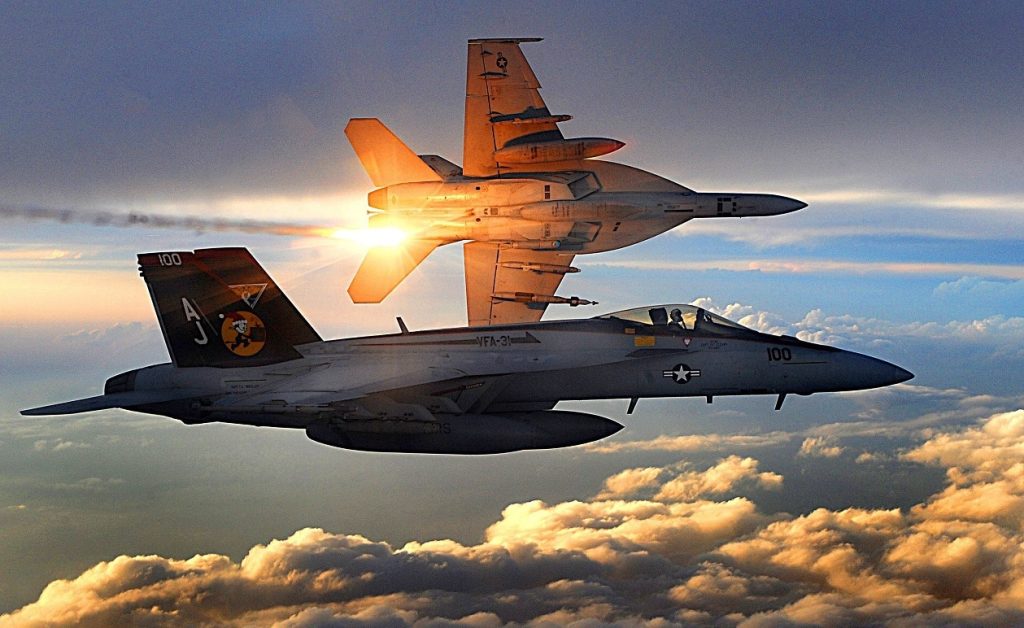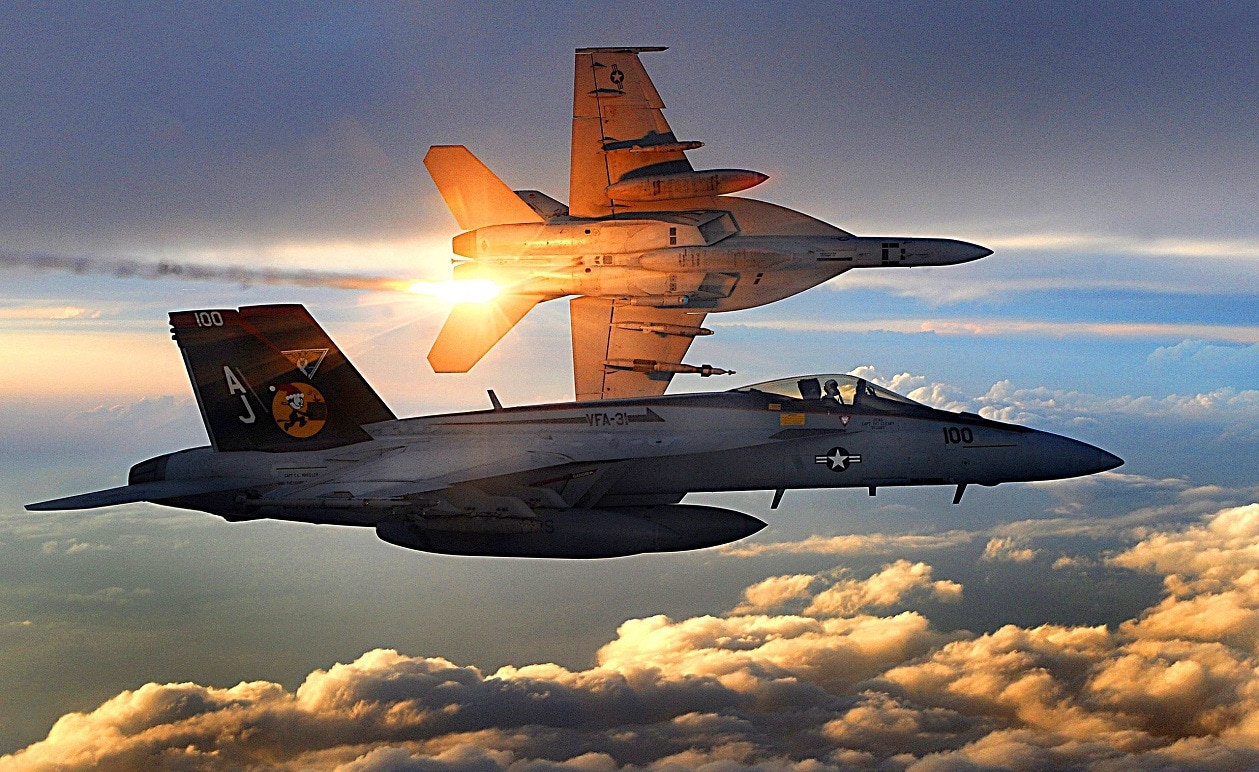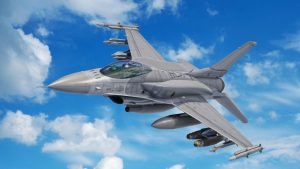In 1979, McDonnell Douglas (later renamed Boeing) produced the original F-18 Super Hornet. The F/A-18A Hornet has become a cornerstone of the Navy’s fighter fleet, despite the service initially rejecting the jet’s prototype.

Meet the F/A-18 Super Hornet: In September, Northrop Grumman revealed that the first test flights of its LITENING advanced targeting pod (ATP) aboard the F/A-18F Super Hornet aircraft had been a success. The American tech firm claimed in a press statement that its pilots put the ATP’s digital video, autonomous target tracking, and laser sensor capabilities through their paces during maneuvers and operations meant to simulate combat missions. The Navy’s Hornet fleet, a twin-engine multirole fighter aircraft in service since the late 1990s, has recently undergone a new upgrade with the addition of LITENING pods.
In 1979, McDonnell Douglas (later Boeing) produced the original F-18 Super Hornet. Although the F/A-18A Hornet eventually became a mainstay fighter jet for the Navy, the service turned down the jet’s prototype.
In 1972, Congress ordered the Air Force to look for cheaper alternatives to the F-15 and Navy F-14, which led to the Lightweight Fighter program, eventually producing the YF-17 prototype. The Air Force commissioned two prototypes of the YF-16 and YF-17 from General Dynamics and Northrop Grumman, respectively. In the end, the YF-16 from General Dynamics has deemed the best lightweight fighter, but the Navy announced that the F-17 version would be its replacement aircraft.
The F/A-18A is a derivative of the F-17, with the F/A designation created by the McDonnell Douglas/Northrop team to indicate a multirole fighter/attack aircraft. It is according to Air Force Magazine. The new aircraft was bulkier than the YF-17, with larger engines, a larger nose, a fatter LEX, sawtooth wing leading edges, modified intake geometry, heavier landing gear, and an arresting hook system.
Modifications made to the F-17 by the Navy led to the development of the Block 1 F/A-18 Hornet, which is still in service today.
The McDonnell Douglas F/A-18 Hornet was the first tactical airframe to enter service with the capability to carry out air-to-air and air-to-ground operations. According to Boeing, the Hornet was the first fighter aircraft to use carbon fiber wings and digital fly-by-wire flight controls. There is a wide range of tasks that the F/A-18 is capable of doing, from air superiority to reconnaissance to fighter escort to close air support and beyond. General Electric F404-400 engines power the fighters with 16,000 pounds of thrust that are simple to service.
According to Harrison Kass, the F404 is extremely dependable because of its invulnerability to stalling and flameout under any circumstance. Another unusual feature that has helped this fighter earn a good reputation among pilots and mechanics is how quickly they can disconnect the engine from the airframe.
For the Hornet, 1986 was a pivotal year.
The A-4 Skyhawks flown by the Blue Angels were officially retired in March 1986, and the Navy announced that it would replace them with F/A-18 Hornets. Since the mid-1940s, the Blue Angels have represented the Navy and Marine Corps in public demonstrations, demonstrating their aviation prowess and gaining widespread admiration.
The F-18 was given much attention after the Navy used it in this capacity. From the USS Coral Sea, the Hornet participated in its first combat missions that year, attacking Libyan air defenses. U.S.-led airstrikes, known as “Operation El Dorado Canyon,” were directed at Libya in response to a bombing in West Berlin a few weeks earlier.
The international market took notice of the Hornet’s performance in operations, and by 1989, the armed services of Kuwait, Spain, Canada, and Australia had all placed orders for the aircraft.
The Super Hornet’s New Debut
The Super Hornet, the successor to the F/A-18, made its maiden flight in 1995, and after the merger of McDonnell Douglas and Boeing in 1997, production ramped up to full speed. Both a single-seat version, the F/A-18E, and a two-seat version, the F/A-18F, of the Super Hornet have been in production.
Compared to its predecessor, the Block II Super Hornet features an upgraded active electronically scanned array radar, upgraded avionics, and larger screens. The latest version of the Super Hornet, the Block III F/A-18, was acquired by the Navy in two separate lots last year. Boeing claims that the current Super Hornet model outperforms fourth-generation fighters thanks to its “new ancillary processor,” which allows the aircraft to perform more tasks in less time while improving the pilot’s awareness of the environment.
The new Block III fighters from Boeing have an increased lifespan, with a maximum flight time of 10,000 hours. Furthermore, the Block IIIs have a smaller radar cross-section than their predecessors, reducing the airframe’s detectability, and they can carry more fuel than their predecessors.
The F/A-18 Super Hornet is still one of the most advanced non-stealth fighters in the world. It is widely thought to be the Navy’s most reliable plane.





